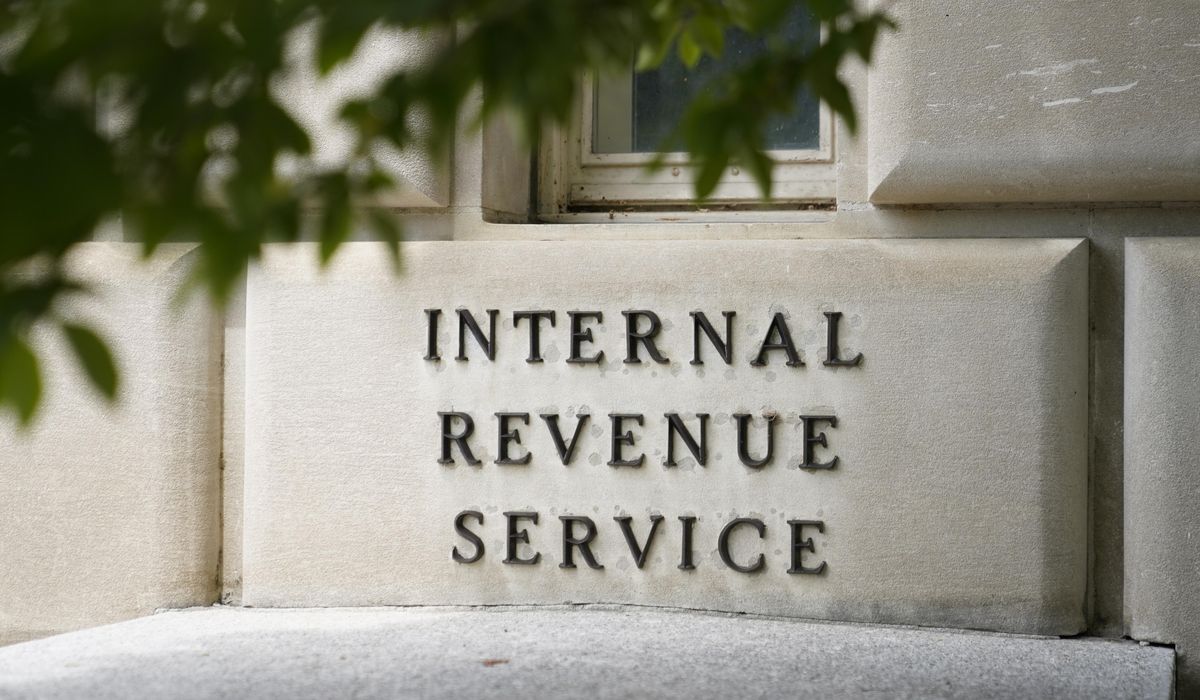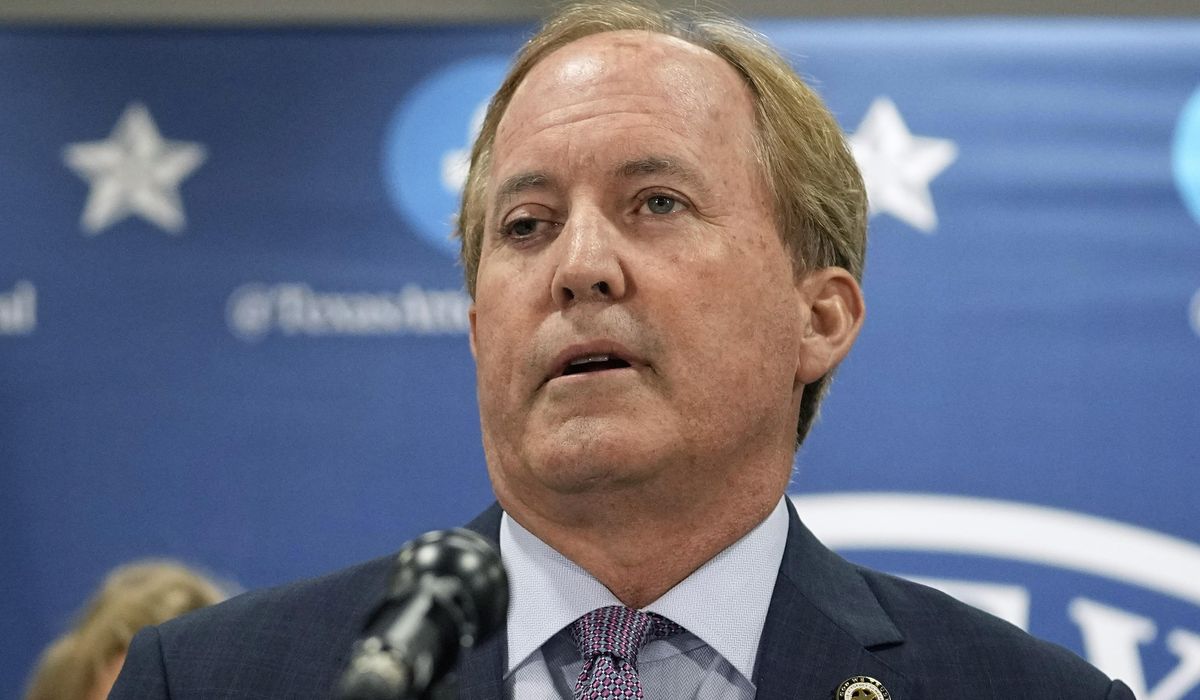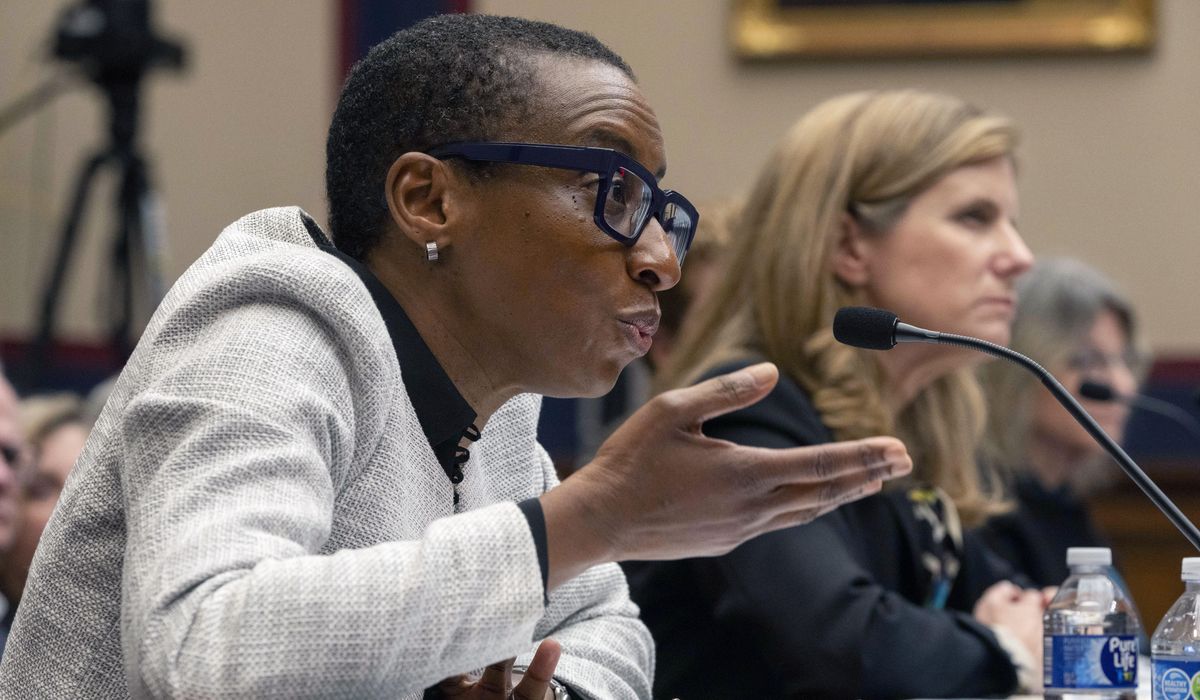
The “tax gap,” which is the difference between what Americans owe the government and what they actually pay, is estimated to be over $600 billion for 2021, according to the IRS. This gap is continuously increasing and poses a significant challenge for tax collection.
IRS Commissioner Danny Werfel has emphasized the need for more audits, particularly targeting the wealthy, in order to ensure fairness for those who promptly and fully pay their taxes. Approximately 85% of Americans comply with tax laws, resulting in $688 billion in late payments in 2021. However, after considering audits and fines, the net tax gap is projected to be around $625 billion.
This amount represents a 16% increase compared to 2020 and a 30% increase since the early years of the Trump administration. The issue of the tax gap has become a fiercely debated topic in Washington, with the Biden administration advocating for a more aggressive approach to ensure that the wealthy pay their fair share. On the other hand, Republicans argue against an empowered IRS that may burden law-abiding taxpayers.
Increasing IRS compliance efforts is seen as crucial in reducing the tax gap. The Biden administration’s climate budget law, passed by Congress and signed by President Biden, will provide additional funds for enforcement activities. In fiscal 2021, the federal government collected $4 trillion in revenue and spent $6.8 trillion to address pandemic relief efforts.
The tax gap is comprised of various factors. Around 10% is attributed to people who fail to file tax returns, while another 11% is due to individuals filing their returns on time but not paying by the deadline. However, the majority of the tax gap (79%) is caused by individuals underreporting their incomes or overstating exemptions and deductions.
Individual taxpayers are more likely to underpay their taxes compared to corporations. The IRS reports that individual income tax filers comply correctly and on time 80.9% of the time, while corporate taxes are paid correctly and on time 85.2% of the time. Payroll taxes are paid in full and on time 91.9% of the time, while estate taxes are paid in full 81% of the time.
Estimating the tax gap is a challenging task for the IRS, as it relies on extrapolating from audits. Factors such as the complexity of the tax code, digital assets, and offshore activities may result in undercounts in these estimates.
While reducing the tax gap is a priority, experts believe that increasing compliance could also boost confidence in the tax system and encourage more individuals to fulfill their obligations. The IRS claims that a one percentage-point increase in voluntary compliance could generate an additional $46 billion in annual revenue.
The Biden administration is eager to increase audit rates to generate more revenue. However, the IRS has been slow in utilizing the funds allocated to their budget. Of the $78 billion provided to the agency for the next decade, less than $2 billion has been spent as of June. The majority of these funds were allocated to improving taxpayer services and operational support.
The IRS plans to expand its workforce from less than 80,000 employees in 2021 to over 105,000 by 2025, with approximately half of the new positions dedicated to enforcement activities. Achieving this hiring goal will require onboarding over 52,000 employees within the next two years to compensate for attrition.
Overall, addressing the tax gap is a complex issue involving various factors, and the IRS is seeking to enhance compliance through audits and fines.
RELATED POSTS
View all


